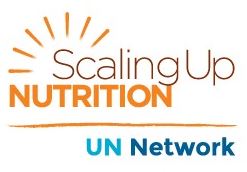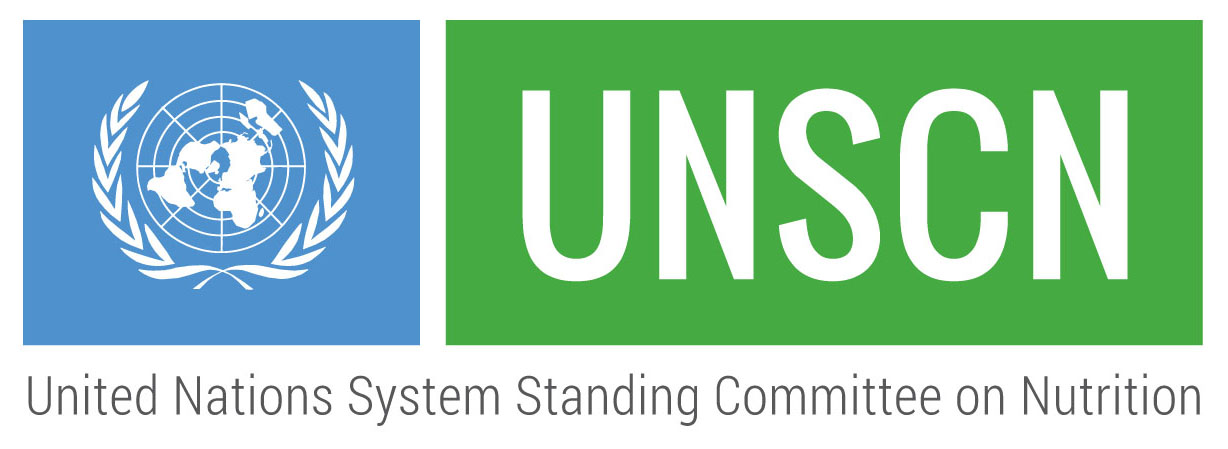Methods, Tools and Indicators
Using Harmonized Individual Quantitative Food Consumption Data

An introduction to the FAO/WHO Global Individual Consumption Data (GIFT) Tool
6 March 2018 - 09:00 DC | 15:00 Rome (English)
Many policymakers and programme managers rely on food availability data referring to the national or household level. While important, these data are not sufficient to assess the nutritional adequacy of the diet among different population groups, such as adolescent girls, pregnant and lactating women, small children, adult men, etc. Individual food consumption data are being collected in many countries, including low and middle income countries. However, the data produced are largely underutilized, due to poor dissemination and a lack of data harmonization, preventing comparisons across periods of time, seasons and geographic locations.
The FAO/WHO Global Individual Food consumption data Tool (FAO/WHO GIFT) is a consolidated online database of individual quantitative food consumption data from around the world. It includes open-source data on simple, yet accurate, food-based indicators, derived from sex and age-disaggregated data, with a view to informing nutrition-sensitive agriculture and food policies. Data provided by FAO/WHO GIFT can also be utilized in food safety risk analysis.
As part of the UN Network webinar series, conducted in collaboration with the World Bank’s SecureNutrition, this webinar will present the concepts underlying the development of FAO/WHO GIFT and guide participants through the use of the platform, including its inventory map and the available datasets.





